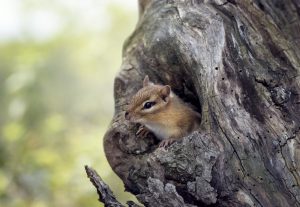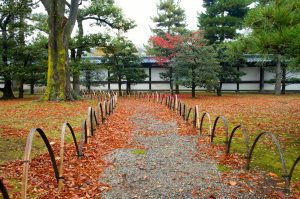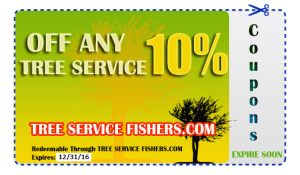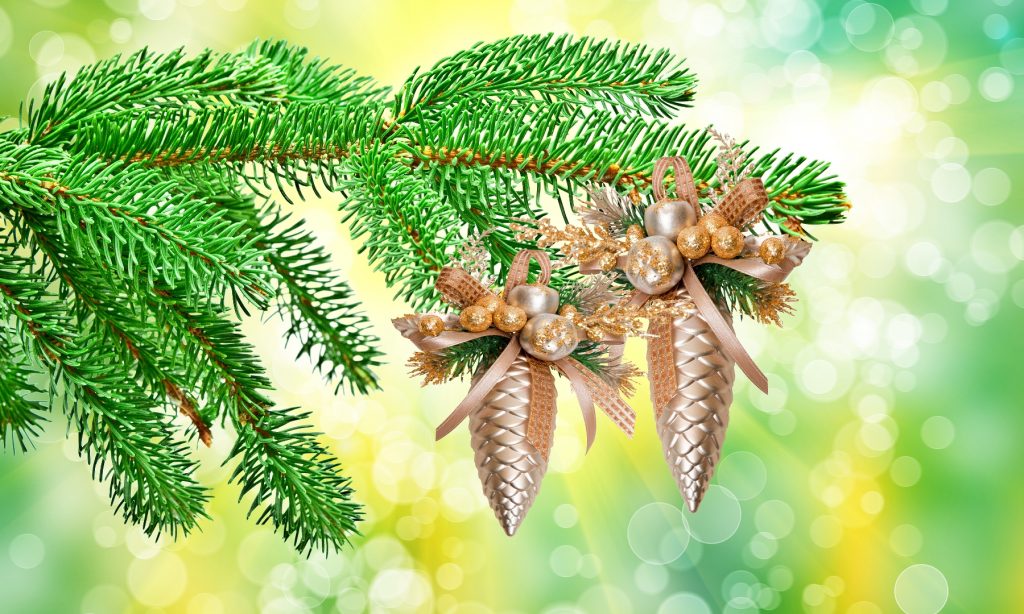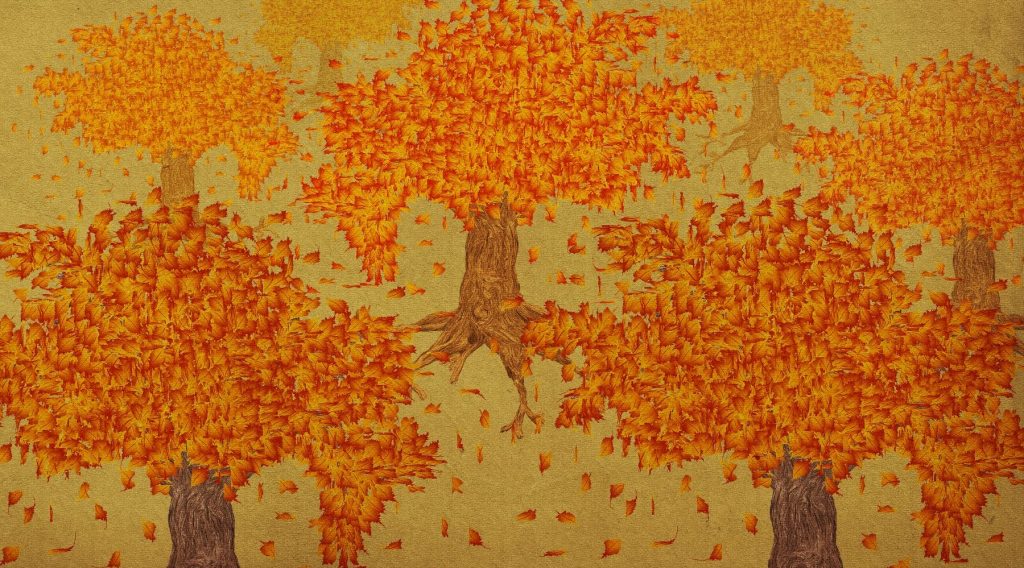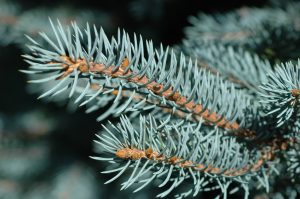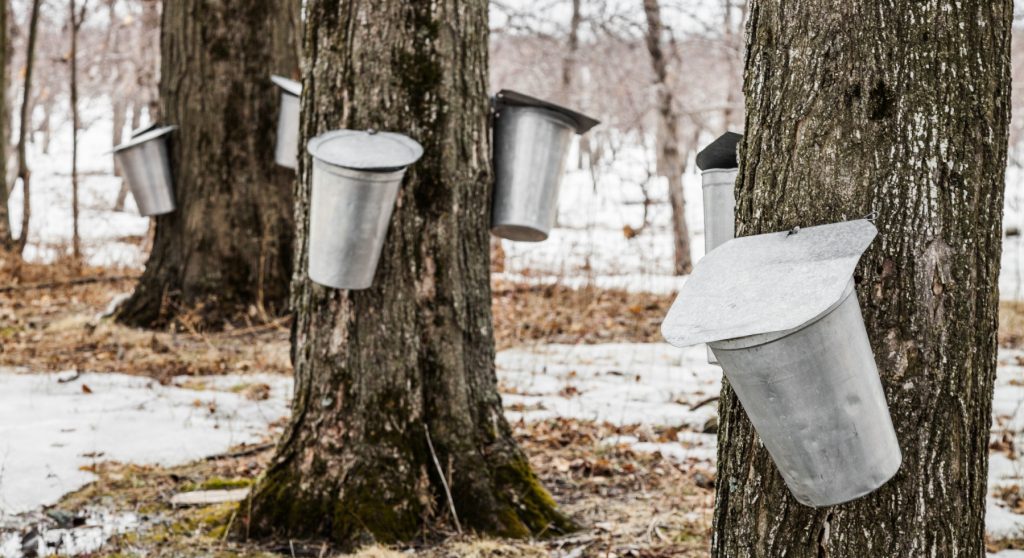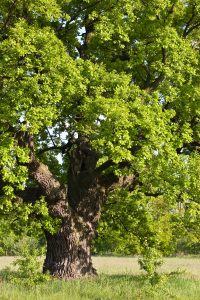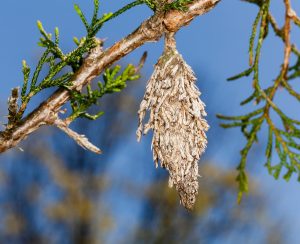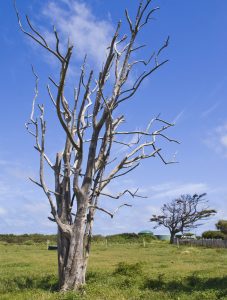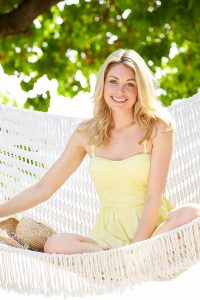Formation of Tree Snags
Live trees become snags when they are damaged by fire, lightening, inclement weather, disease, drought, too much shade, too much water, root complications, and land development. Many things can kill a tree, which is why routine tree care is so important. Trees require an optimal amount of water, sunlight, and nutrients, just like most living organisms. When these needs are not met or well-balanced, trees will begin to experience decline. As they weaken, they become more vulnerable to illness, disease, and disruption. To property owners, this is bad news, but for local wildlife, a snag is simply another home opened on the market.
A Wildlife Habitat
Snags, or dead standing trees, are also known as “wildlife trees” because they provide a critical habitat for more than 100 species of wildlife. Wild animals like squirrels, bats, raccoons, owls, birds, and more, use snags as their nesting or roosting area, and for many reasons. Not only is a snag easy to rip apart to form crevices and cavities, many naturally form hollowed areas and holes for animals to use as shelter.
Formations like hollow trunks, excavated cavities, and dead branches are highly useful for wildlife, and can keep them warm and protected during the harsh winter seasons. In fact, without snags, many species of wildlife would not survive the inclement weather this time of year. Furthermore, decaying wood produces and attracts a variety of decomposers, such as bacteria and fungi, insects, and other invertebrates. Snags are a terrific habitat for these organisms, which also makes them a rich source of food for wildlife.
Signs of a Dead or Dying Tree
To identify a snag, you will want to start by looking at its appearance. Discoloration, missing foliage, dry bark, sap runs, wildlife interference, and more, are all common signs of a sick or dead tree. For instance, a dead tree will have brittle, dry bark. If you snap a twig in half and the inner flesh is dull, white, or gray, the tree is likely dead. If the flesh inside the twig is still yellow or green, your tree is still alive. However, a tree be alive, but also be on the verge of dying. So it is important to learn the signs of a dying tree as well, which we will cover in next month’s blog!

